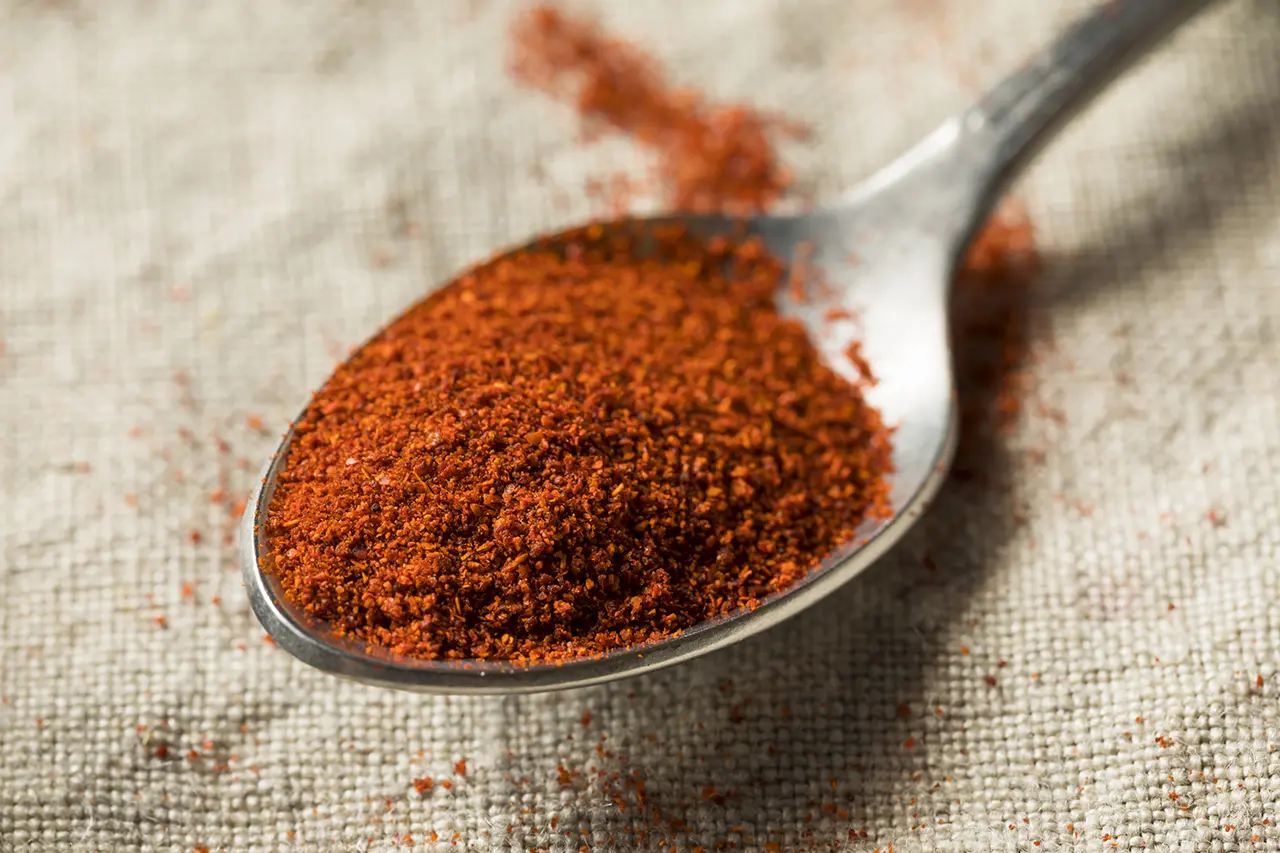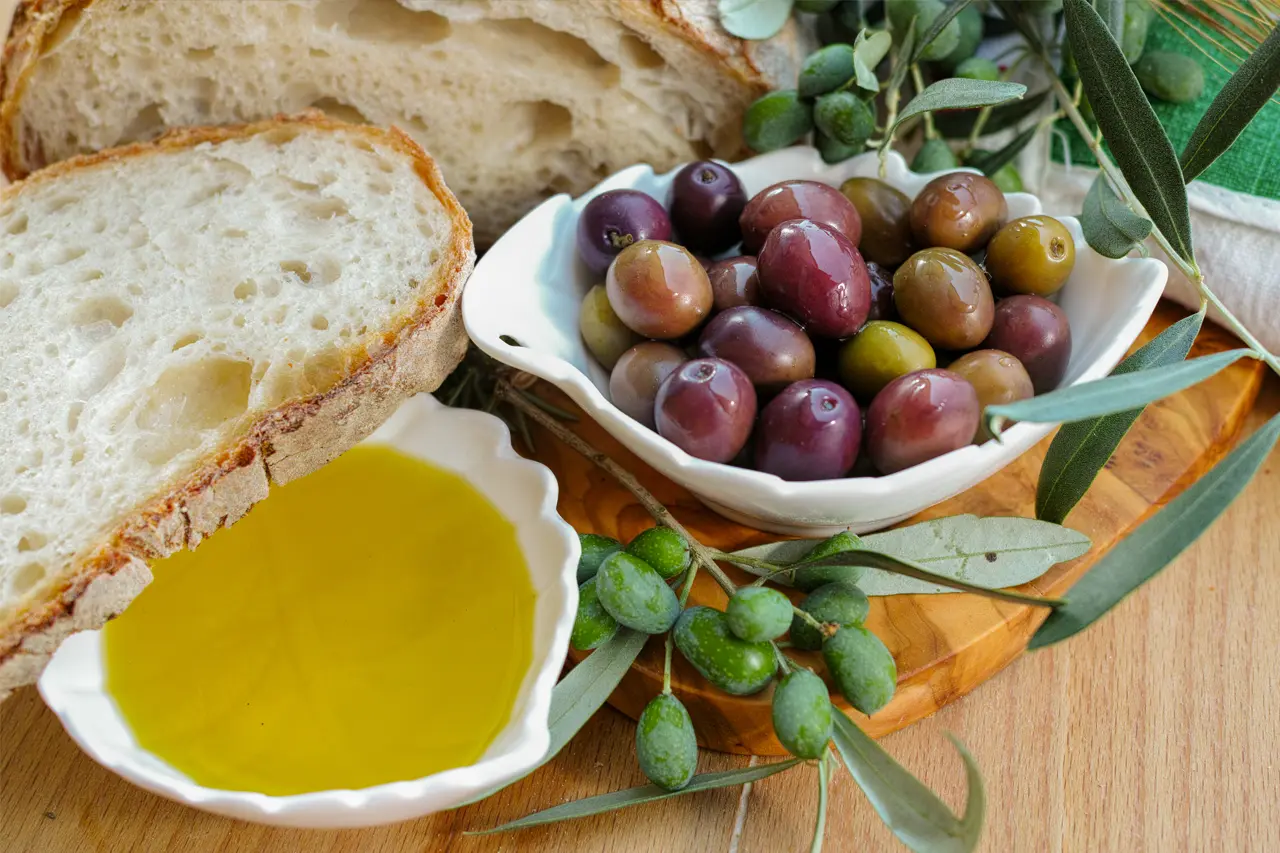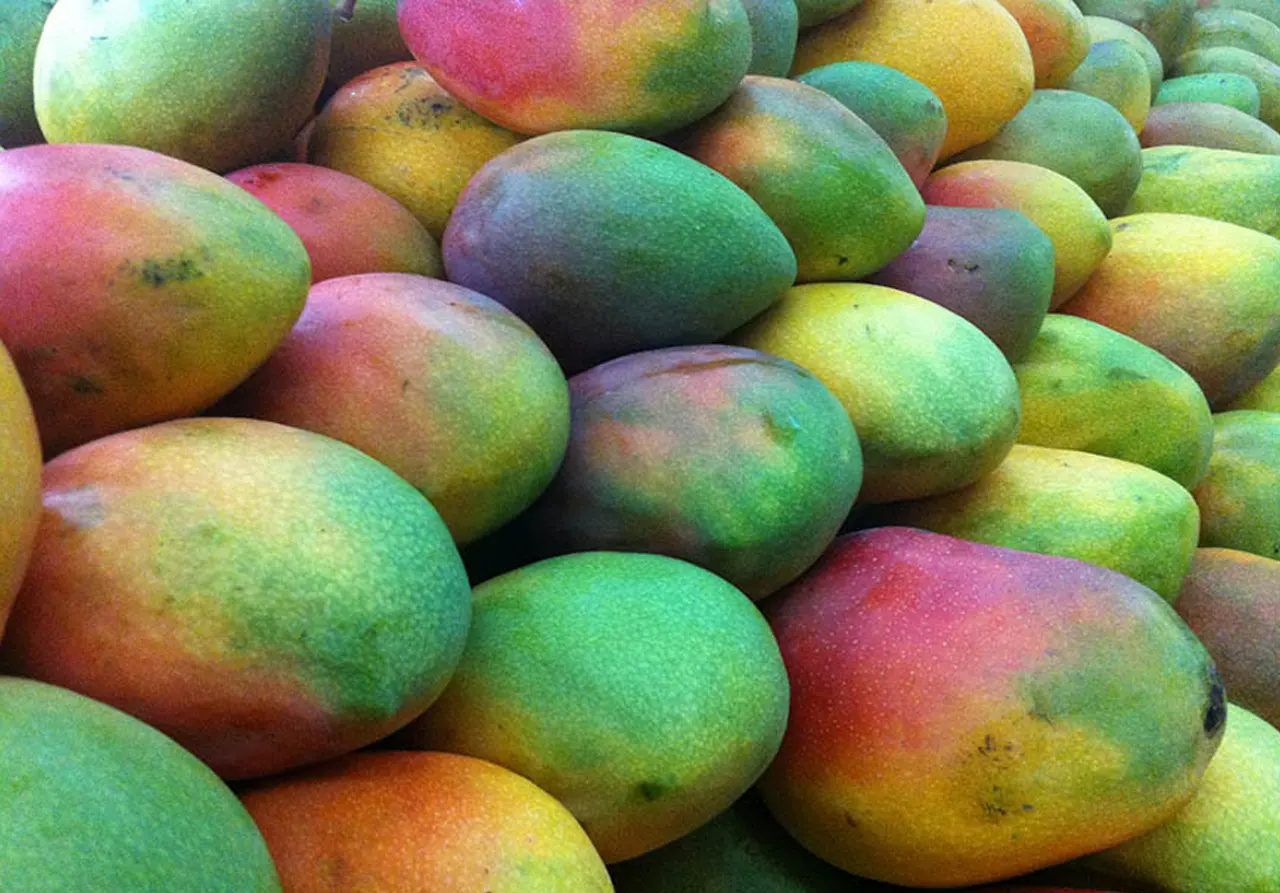Paprika is often associated with its frequent appearance on top of the hummus, the Spanish style grilled octopus and the deviled eggs. But, which one is used on each dish? Even though they may seem the same, they all bring a very different aroma and flavor.
We may recognize paprika, but truly understanding its diversity is another level. It is more than a garnish, it encompasses a spectrum of flavors, from sweet and smoky to robust and savory and the only thing they all share is that they all originates from dried peppers. Here is a bit of background on the most common ones:
Basic Paprika?
The paprika you see in all supermarkets, which simply says “Paprika” on the label, is mild, and although it will add color, the flavor will be delicate to none, depending on the quality. I use it for hummus, chimichurri, and for ground beef when I make Argentine empanadas. It’s not spicy or smoky. Truly, the goal here is color, and very little flavor.
Hungarian Paprika
It is not as common as the regular paprika, but If you want to know about true, Hungarians love paprika. It’s a not only a national staple, is one of the world’s most famous spices. Hungarian paprika traditionally comes in different flavor and color profiles, ranging from delicate and sweet to smoked, pungent and hot. The most common and easier to find outside of Hungary is a bright red variety called édesnemes, which has a pungent pepper flavor and sweetness.
Spanish Paprika: dulce (sweet), agridulce (bittersweet), or picante (hot)
A staple of the Mediterranean diet and of course, my favorite! Labeled as “pimentón ahumado,” Spanish smoked paprika is commonly made with smoked peppers, adding a deeper, smokier flavor and aroma to the table. The heat and sweetness levels in Spanish paprika vary based on the blend of peppers used, but do not expect to be spicy at all, it is just bolder in flavor.
The best one to buy, the “Pimentón de la Vera”. Believe it or not, these chiles came in the 1500’s straight from Latin America (Perú & Bolivia) to a monastery in La Vera in Cáceres, Spain. Jaranda, jariza, jeromín and bola are the chiles responsible to create this fascinating high antioxidant powder. The traditional and slow (10-15 days) dry-smoked process is all natural, then the chiles are immediately converted into a high quality powder.
Today this red gold, has a protected denomination of origin (PDO) in Spain and I assure you will fell in love with it. This is the one used to add color and flavor to most of the chorizos and other dry-cured products in Spain and the one I use for the octopus, the chickpeas, the lemon potatoes, the yogurt-herb chicken and even for my eggs in the morning.
Try them all and start noticing the difference on your recipes.





